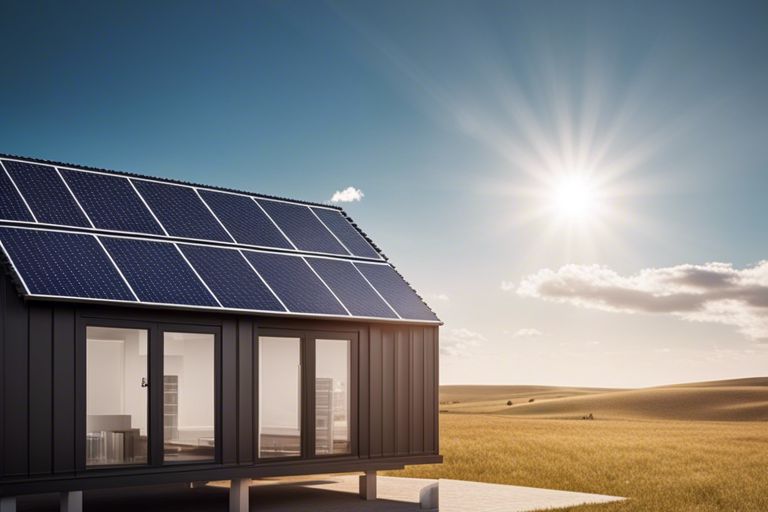Can you run a fridge on solar power
There’s a growing interest in harnessing solar power for everyday appliances like refrigerators. In this informative post, you’ll discover how solar power can be used to run a fridge efficiently.
Energy for A Greener Future

There’s a growing interest in harnessing solar power for everyday appliances like refrigerators. In this informative post, you’ll discover how solar power can be used to run a fridge efficiently.